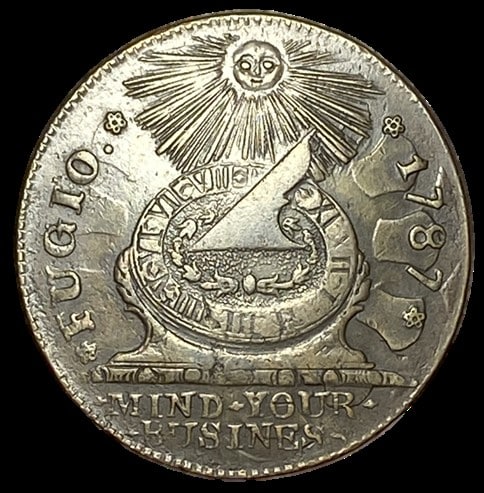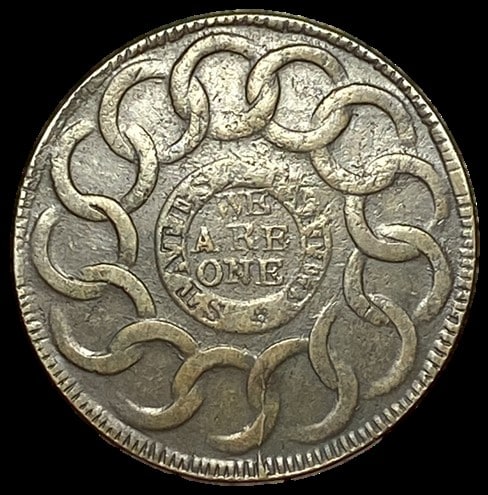Celebrating the 300th Anniversary of Franklin’s Arrival in Philadelphia: New Exhibit Opening
Dr. Jessica Linker, Assistant Professor of History at Northeastern University
This October marks the 300th anniversary of Benjamin Franklin’s arrival in Philadelphia. His famous autobiography recounts the sequence of events that encouraged him to run away from an apprenticeship under his brother, James, in September of 1723. When Franklin first walked down Market Street as a teenager, he had no idea how influential he would become and so quickly. Indeed, only a couple of years later, in 1731, he helped to establish the Library Company of Philadelphia, which today houses many important Franklin artifacts of interest to researchers.
An interesting subset of these holdings speak to Franklin’s life-long involvement with money. Many of us grew up learning the phrase “a penny saved is a penny earned” as one of many Franklin’s favorite adages encouraging frugality and practicality (in actuality, the text from Poor Richard reads “A penny saved is two pence clear”), but we may be less aware of the role Franklin played in printing, designing, and advocating for early American currency. This exhibit, curated by Ray Williams, a numismatist, and Jessica Linker, Assistant Professor of History at Northeastern University, explores this theme through a series of unique holdings at the Library Company. These items include Benjamin Franklin’s personal copy of his treatise in defense of paper currency, A Modest Enquiry into the Nature and Necessity of a Paper Currency (1729), the original printing blocks used to produce Franklin & Hall Delaware Currency (on permanent deposit from Delaware County Institute of Science), and coins donated by Williams of the type that Franklin may have had in his pocket upon entering Philadelphia.


Obverse and reverse of 1787 Fugio Cent (New Haven) from the exhibit. On loan from Ray Williams.
As with all exhibits, we had to make choices. Not everything could fit in the case, and as such, we would like to recommend additional items to researchers who may be interested in related topics. Library Company has a large collection of eighteenth-century paper currency, ranging from colonial to continental emissions, including a few counterfeit bills. Franklin was also not the only pamphleteer to weigh in on whether colonies should emit paper currency in the 1720s, nor was the debate limited to Pennsylvania. A pamphlet entitled “Massachusetts in agony!” [Am 1765 Qui (b.w.) 15362 .Q.3 (Zinman)] provides insight into Franklin’s hometown on the matter. “The Case of the Inhabitants in Pensilvania” [#Am 1751 Case Dickinson 164] recounts the history of paper currency in Pennsylvania in response to threats to regulate it. Those interested in seeing how the debate over paper money evolved can find such pamphlets up through the American Revolution. The printed acts for various colonies additionally contain information regarding when new emissions of paper money were issued; the early Pennsylvania acts were also printed by Franklin. If you are intrigued by the printing blocks in the case, you may also wish to view Joseph Breintnall’s nature prints, which helped to inspire Franklin’s castings of leaves.
The exhibit will be open from October 6, 2023 through January 5, 2024, free of charge, in the Library Company’s Logan Room. We would like to thank Emily Guthrie, Sharon Hildebrand, Jim Green, Geremea Fioravanti, and the Delaware County Institute of Science for assistance and advice provided.


